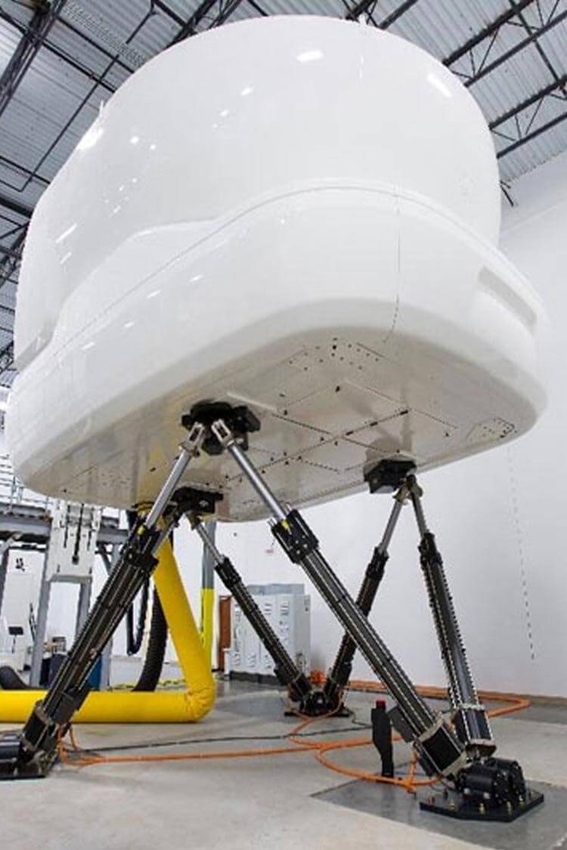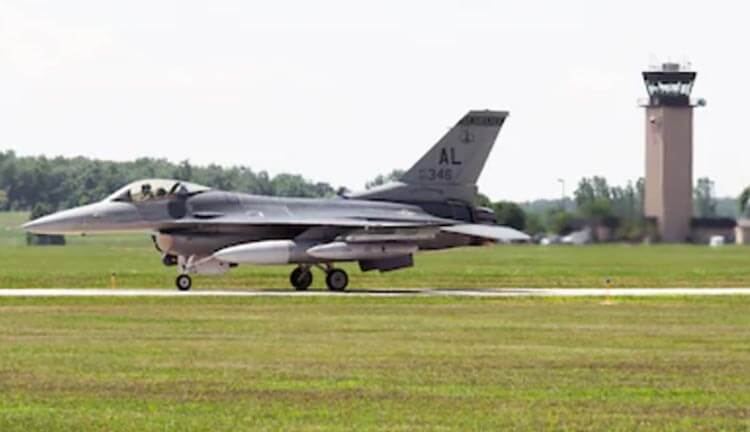The flight simulation industry engineers innovating training technology for aviation. They design, build and operate advanced aviation training devices to train commercial, government and military pilots and technicians.
These robust flight simulators are engineered and manufactured as a full-scale representation of an aircraft’s flight deck layout with advanced technology that allows the instructor to mimic the environmental factors of real-life flight. At minimum, instructors can recreate six-degrees of motion, realistic sound and visuals to mimic real in-flight conditions.
Through simulations, instructors can conjure scenarios that pilots may face, but are too dangerous and costly to mimic safely in an actual plane. Pilots can experience mechanical performance at high altitude, military tanker/transport or even engine failure.
The simulation itself is led by an instructor, situated in the simulator behind the cockpit who needs to control the simulation, as well as directly measure and monitor pilot’s training and progress. To do so, the instructor relies on a dedicated, industrial monitor that can withstand the sudden movements and vibrations necessary to properly test the pilot.
Industrial displays must possess three design features to play a critical role in the simulator. They must operate reliably during intense movements and thus are engineered with minimal moving parts for longevity and performance in an environment with vibrations, jolts, shocks and turbulence.
Industrial displays must be easily accessible and visible to give the instructor more flexibility, control and monitoring during testing. These industrial monitors are specifically designed with an LCD color display and optional touchscreen, offering a crisp, bright, high contrast screen that can be viewed from any angle or lighting condition. With the multi-touch projective capacitive touch screen (p-cap), the instructor can easily control the simulator, ensuring the instructor can react quickly to adjust the conditions of the simulation. If needed, the display is also designed to allow remote access using a separate KVM extender. This ensures that the display can be dimmed from outside the simulator itself.
Instructors must also be able to access the industrial touchscreens while test pilots are using night vision systems. Unique to Daisy’s industrial displays is an industrial LCD touch screen that can be viewed in daylight without emitting light; an issue that would traditionally disrupt test pilots wearing night vision goggles. When the NVIS filter is on the screen, the screen is viewed in full color (instead of the traditional green filter).



